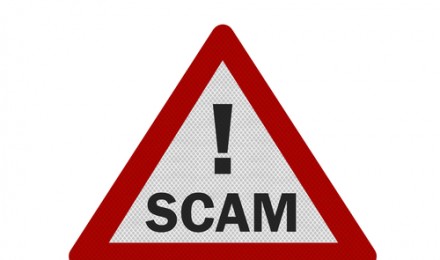For younger investors or investors that do won’t need access to their money any time soon, a more aggressive investment portfolio may be best suited their long-term needs. This portfolio will hold more equities in it, so the volatility will be higher than one with less equity exposure and more bond holdings. With a longer time horizon the investor can wait for the portfolio to recover from the downturns. With a large amount of stocks in the account, it should recover as long as the investor sticks with their strategy.
For example, an aggressive investment portfolio could about 80% equities and 20% fixed income. Having the large amount of stocks in the portfolio will help the investor capture that average of 10% rate of return per year that the S&P 500 has. Without taking the risk, and subsequently getting the better rate of return, a person would have trouble accumulating enough money to live on during retirement. Keeping in mind the tradeoff between taking more risk and earning a better rate of return, the aggressive portfolio is near the top of the efficient frontier.
While an aggressive investment portfolio contains mainly equities, it does not need to contain any individual stocks. You want to hold equities through purchase of shares in passively-managed, low-cost mutual funds that track the S&P 500 or the Russell 2000. You want their overall returns that come from investing in equity but you want to avoid the company-specific risk that comes along with holding individual stocks. You don’t want to pay a mutual fund manager to see if they can beat the market when you can own the equity market return at a fraction of the cost.
For a person in their 20’s or 30’s, an aggressive investment portfolio maximizes the expected return over the long-term investment horizon of 30 to 40 years. Some young investors start with a portfolio of 100% equities and methodically invest in bonds over time..
As with any portfolio, rebalancing is important since too many equities will cause them to take more risk than they are comfortable with. Even with an aggressive investment portfolio, it is important to make sure to rebalance though, especially in years where the stock market goes down, otherwise their portfolio may become over weighted with bonds. This will help the investor stay on track to meet their goals.
Having a plan is the best way to avoid making irrational decisions. So for the aggressive investor, if the market goes down and their portfolio loses value, the best thing to do is to stay aggressively allocated. Getting out and moving to safer investments will cause them to miss out on the returns that come when the market picks back up. So in a downturn, rather than run away from equities, investors should put more into them.
Getting properly allocated does not take too much work. But it does take some attention to stay properly allocated throughout the years. A target date fund will take away those worries. The most important thing any investor creating an aggressive investment portfolio can do is make their plan, and stick with their plan.







